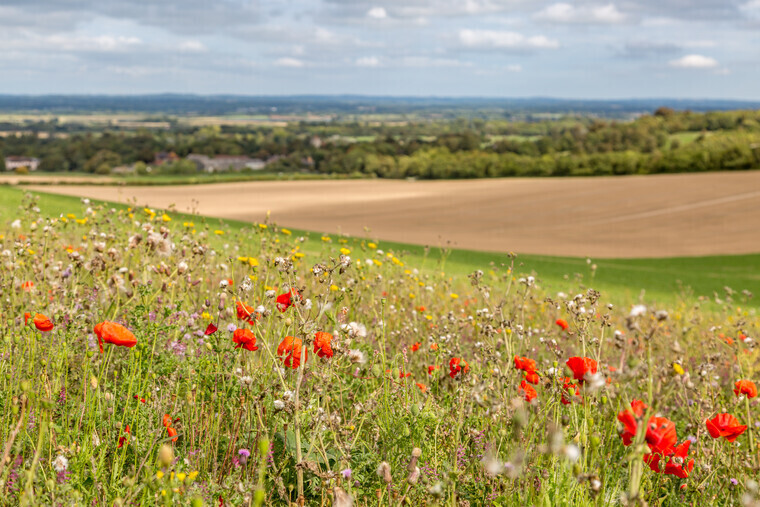Since its launch in 2015 the Countryside Stewardship scheme, a cornerstone of the UK’s existing agri-environmental policy, has been beset with problems. This has resulted in a generally low uptake, frustration among those who have signed up, and it raises concerns as to the government’s ability to successfully deliver future schemes. At the time of writing details of the 2019 scheme have yet to be published, however, with the application window soon approaching, should farmers consider applying?
There are many issues affecting Countryside Stewardship. For instance, late payments have been a persistent problem. At the time of writing some farmers are still waiting for the balance of their 2017 payments, and uncertainty over the timing of 2018 payments is putting a strain on farmers already suffering from cash flow problems after a difficult year. The delivery of agreement offers has also been shambolic, with many applicants not receiving offers until months after the agreement start dates and in many cases after the first claim deadline. As a result, farmers have had to implement management options with no guarantee that their agreements have been successful.
Other issues have included shifting application window deadlines (often coinciding with the busiest periods for farmers and agents), overly onerous evidence requirements, mapping errors, and double funding conflicts between Countryside Stewardship options and Basic Payment Ecological Focus Areas. On top of this, it can be very difficult to get definitive answers to even the simplest queries from Natural England.
The main cause of these problems appears to be that Natural England have simply created a scheme which is far too complicated for them to effectively administer; particularly given the extensive cuts to their budget, lack of officers on the ground, and the additional complications created by the Rural Payment Agency’s problematic program of mapping updates.
To improve the situation, DEFRA has recently transferred responsibility for administering Countryside Stewardship from Natural England to the RPA. While we hope this will change things by uniting management of the scheme under one authority, the cynics among us will point out that the RPA itself does not exactly have a good track record.
The new Agriculture Bill shifts the direction of policy towards an increased focus on payment for delivery of public goods, of which environmental benefit is a key example. DEFRA will therefore be eager to reassure farmers and prove that it is capable of effectively administering agri-environment schemes, which by all accounts are due to become the principle method of income support for farmers in the future.
So, should farmers be concerned, and should they be thinking about applying? The answer, I would say, is yes to both.
There are clearly problems and, although DEFRA has indicated that it will simplify Countryside Stewardship from 2019, I am sceptical whether there will be substantial improvements to the scheme before it is replaced. However, there are some positives. Firstly, while the management prescriptions are more onerous, the payment rates for many of them are very good compared to the previous Entry Level Stewardship scheme and the prescriptions arguably have a greater positive environmental impact. Secondly, although the scheme is very complicated, it is also flexible; with a large range of options; no requirement to enter your entire farm; a separate stand-alone capital works grant for boundaries and individual ‘wildlife offer’ schemes tailored to certain farm types. These ‘wildlife offers’, introduced last year, were a significant improvement, being simpler to apply for and non-competitive.
Moving forward, farmers must consider the context. Under current government proposals, the Basic Payment Scheme is due to progressively reduce until it ends after 2027. The new Environmental Land Management scheme, which will replace both the Basic Payment and Countryside Stewardship, is unlikely to be fully in place until at least 2025; leaving a potential gap in the availability of funding.
Crucially, applying for and thereafter being part of Countryside Stewardship could help provide a buffer of secure income to help farmers navigate this transition period and begin the process of adapting their businesses away from a reliance on the direct payment.
Also, while we can hope that the new scheme will be an improvement, and the mistakes of Countryside Stewardship will be rectified, unfortunately there is no guarantee that it will actually be better in the round. Farmers should not hold off from entering Countryside Stewardship in the hope that whatever replaces it will be any more attractive.
It is fair to say that, while Countryside Stewardship is by no means perfect, and has had significant teething problems, it is by now a known quantity and could provide a vital lifeline to help farming businesses survive the turbulence of Brexit.




